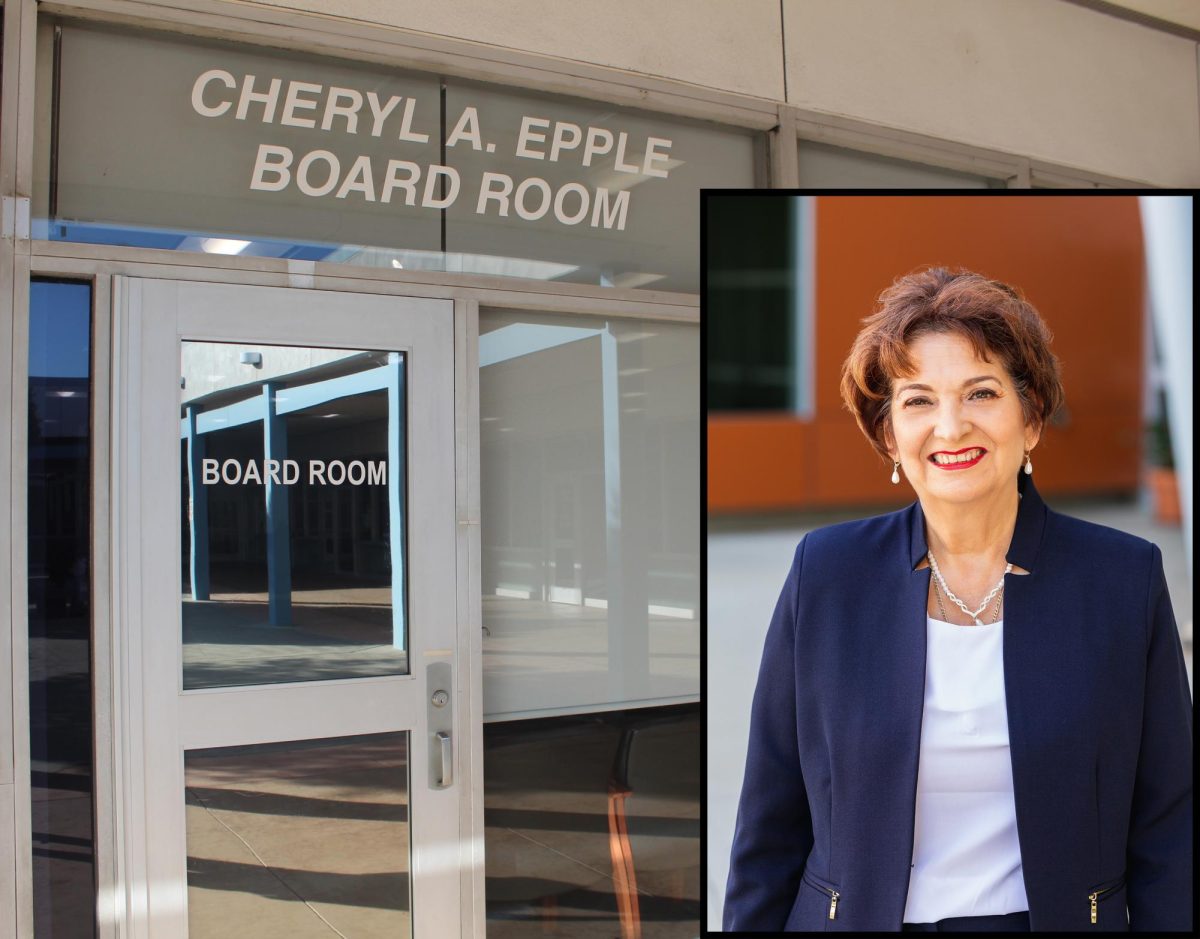Cerritos College graduate Paola Plaza cut through the angry crowd of students that formed in front of the California State University chancellor’s office in Long Beach last Tuesday.
“I couldn’t stay, I had to go to work,” she said.
That morning’s decision by the CSU Board of Trustees to increase fees by 5 percent this spring and an additional 10 percent next fall means undergraduate students will pay $444 more per semester, and about $4,884 total, by next year.
Plaza, with less than a month left in her third semester at Cal State Long Beach, had already cut back on her work hours so she could devote more time to studying for her increasingly difficult courses.
The 22 year old, along with the other 433,000 students that attend CSUs every year, will now have to reconsider her budget, and schedule.
“Before, financial aid covered everything, but this semester I had to pay for some things on my own. If I don’t have enough money for books (next semester), I’m going to have to ask for more hours at work,” she said.
As students at CSUs struggle to find a way around rising tuition costs, those at the community college level hope to find a way in to the public university system.
After several meetings that Cerritos College President/Superintendent Linda Lacy had with F. King Alexander, CSU Long Beach president, she is certain that the fee increase will do more than just “sustain enrollment, classes and services for current students,” as stated in a press release by the CSU system.
It will help create space for transfer students.
“The CSUs wanted to add more sections back. We (Cerritos College faculty) know last year it hurt our transfers tremendously when they closed their doors and didn’t do their spring enrollment,” she said.
On Sept. 27, CSUs announced that a final round of one-time federal stimulus funding would allow the university to admit 30,000 transfer students for the 2011 winter and spring terms.
“That’s going to be a tremendous advantage for our students that are transfer-ready and weren’t able to transfer because there weren’t any slots open.”
Lacy is glad to see students transfer into the CSU system, but recognizes that fee hikes are a disagreeable solution.
“It’s never a good situation for students. You pay more, but you’re able to transfer. Most students have to ask themselves: Would you rather pay more and be able to transfer, or have them hold the line? If schools don’t have the funding, they just can’t offer the sections—that’s just the reality.”
Brittany Lundeen, Transfer Center co-coordinator, suspects that the fee increase will affect a specific group of transfer students.
“For those students who don’t get as much money or do not get any money at all (at community colleges), it’s going to hit them the hardest because they’re going to have to cover that additional tuition on their own.”
Lundeen advises that students take as many general education and major preparation courses as possible at the community college price so they spend less time, and less money, at universities.
She also recommends students regularly check their eligibility to receive financial aid, as well as scholarships.
“A lot of students don’t consider scholarships as a way to kind of help them out, but they can start doing scholarships while they’re here at Cerritos, save that money and use it once they get to the university.”
To Plaza, one of her greatest regrets is not having listened to Lundeen’s advice sooner.
“That’s one of the things I really wish I had done back in the day.
“I hear people who have money saved up from scholarships and aren’t struggling at all and it’s as easy as writing an essay.”
Her advice to Cerritos College students who plan on transferring consists of three words:
“Start organizing now.”







